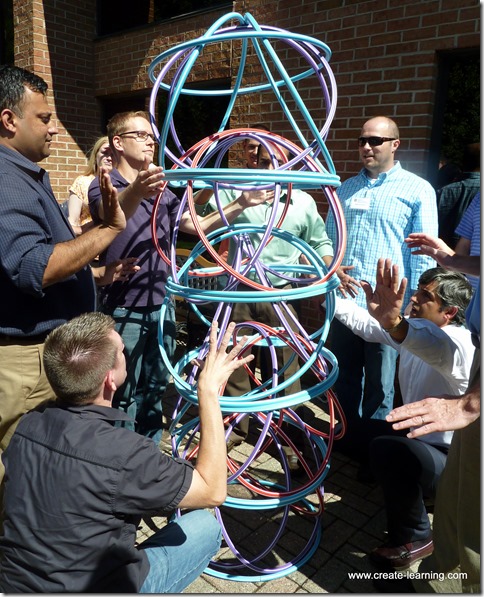
When an organization is structured around people and not around a task, it may be easier to wet your pants than to cause widespread commotion. And for that reason, in organizations structured around people change can be difficult. There is a saying that, in such organizations, you can recognize innovators by the arrows in their backs. To make a change requires so many buy-ins, approvals, and arrangements that the innovator simply gives up before even starting. Eventually, not only one person is wet. A lot of people start feeling damp, and someone will say, “This organization stinks!” – Adizes. Corporate LifeCycles p 318
When a team is starting, and small, structure around people may be the only option. With a small team, work has to get done. Whoever takes the initiative is the one who takes the task.
As the company grows in size and/or income, this will lead to dangerous problems, problems that will enlarge. Evidenced by:
- Decreasing profit
- Increasing costs
- Decreasing return from employees
- Poor teamwork
- Inept management depth
- Loss of focus on the purpose of the company
The immediate reaction is to push harder. Enforcing more accountability or layers of management (more structure around people).
What I’ve seen work to make progress towards a solution is a shift from the structure around people to structure around tasks.
Structure Around people |
Structure Around tasks |
|
|
How do you shift to structure around tasks?
- Understand the companies mission or purpose. What do we do? What don’t we do? How are customers better off from doing or not doing these things?
- Identify the longest time-span goal to be accomplished by the CEO
- Re-organize the organizational structure (levels of hierarchy) to align with #1 & 2 closely.
- Define the tasks or Key-Result-Areas KRAs that are controllable & aligned with each hierarchy level’s company mission or purpose.
- From the Key-Result-Areas implement coaching & development to analyze + improve the tasks that people are expected to complete.
- Fill in the roles that are necessary with people who possess to capacity to do the work.
- Develop consistent behaviors of Quality Improvement to test, rework, change, eliminate, etc.… tasks that people feel no longer work to achieve the mission or purpose.
- Make time to return the #1.
This is not a recipe for success. At its best, the steps above are boundaries to develop a team or company that does not suck. A structure built around people, when pressure is great, will suck more than a structure built around tasks.

Start leading with efficiency and grace.
Mike has more than six certifications, he’s been published in more than a dozen publications, and his client roster includes local startups as well as some of the biggest names in business.

